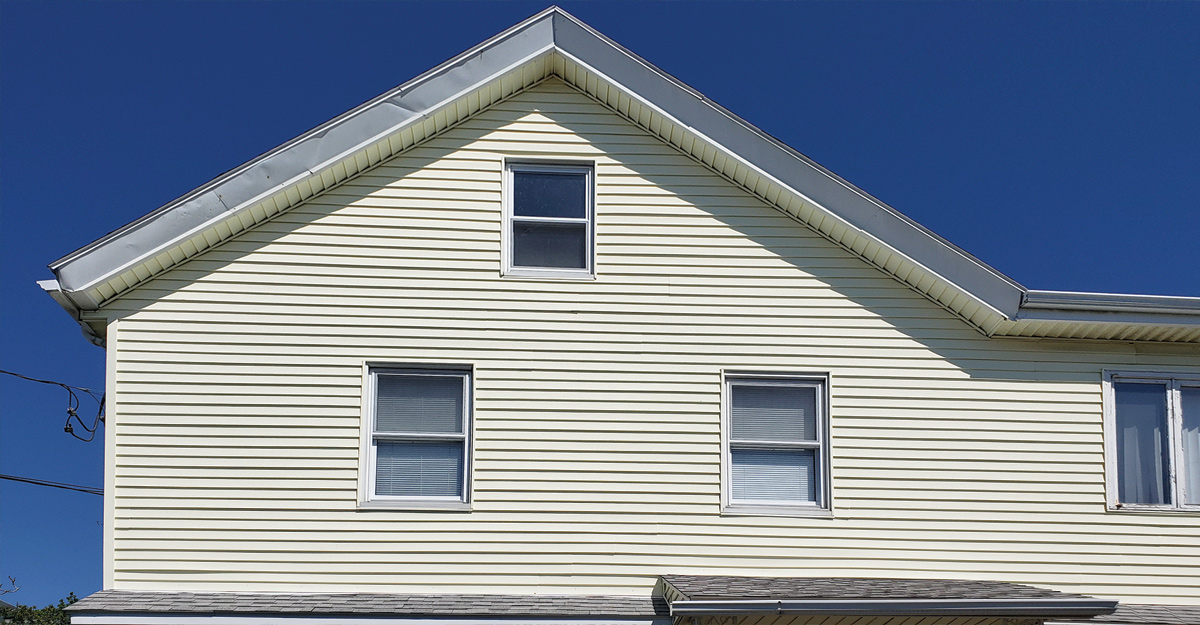
Renters are interested in solar PV installations, for their community if not for themselves. Meanwhile, most house-rich but cash-poor participants have not spent time investigating something they lack the capital to deploy.
Since 2018, my team at Indicia Consulting has been researching solar adoption around heat resilience and disadvantaged communities in collaboration with Lawrence Berkeley National Laboratories (LBNL). Specifically, there are three major projects running from 2018 to the present day. As a partner to LBNL, Indicia Consulting conducted community outreach and stakeholder engagement activities, holding multiple focus groups and in-depth interviews in the homes of residents in West Atlanta, North Boston, West Fresno, and East Oakland. Researchers for a National Lab asked low-income residents about solar PV as one of several potential measures for energy efficiency investment. While the sample of participants was evenly divided between homeowners and renters, the percentage of participants interested in solar did not align along these lines.
We found that participants interested in solar are often discouraged by many things. Factors include resistance by their utility, a lack of solid, area-specific information regarding savings, return on investment or payback, maintenance costs, and the effect solar might have on future roof replacements. Further, municipal policies around tree cover and historic preservation structurally affect household decision-making.
Drawing on the data collected in these conversations, we discussed the attitudes of various demographics towards solar installation, including seniors and Spanish monolingual speakers, which are both difficult-to-access populations. Engaging with these demographics has produced insights into the challenges and opportunities that need to be addressed to successfully market solar installation on a mass scale. These include concerns with how aging intersects with home maintenance, as well as cultural and linguistic aspects of solar energy that may not traditionally have been incorporated into solar energy promotion efforts.
Indicia Consulting has been conducting qualitative research since 2006. In 2009, we began the partnership with LBNL that continues today. In 2018 we began collaborating on the first of three projects discussed in this article, known as Cal Thrives, funded by the State of California’s Strategic Growth Council (SGC). This project was followed by the Annex 80 project in 2021, and currently Renewables Advancing Community Energy Resilience (RACER) (started in 2023). Both Annex 80 and RACER were funded by the United States Department of Energy (DOE). These three projects are linked by their interest in helping Disadvantaged Communities (DACs)1 develop resilience in the face of extreme heat levels increasing in frequency, intensity, and duration,
due to climate change.
Each of these projects followed a similar protocol with respect to the structure of the qualitative research, the recruitment of participants, and the methods of data collection and analysis. All three projects included questions concerning interest in and willingness to consider installing residential solar energy as part of a suite of measures that can help build resilience to climate change and extreme heat.
The goal of conducting qualitative research in DACs was to incorporate their needs and inputs throughout the project, gather their feedback, and communicate research findings to the community via the community based organizations (CBOs), local governments, and utilities.
Residents of DACs often reside in older homes with poor insulation, single-pane windows, leaky envelopes, inefficient lighting, and inefficient appliances. Such homes may also have antiquated (if any) air conditioning equipment with limited cooling capacity, low efficiency, and high operating costs. As a result, residents are especially vulnerable to extreme heat events, because such homes suffer from high solar heat gains (through roof, walls, and windows) and/or high internal heat gains (from lighting, occupants, and appliances).
In total, during the running of these projects, we held ten focus groups with between eight and twelve participants, totaling around 100 participants. Each focus group lasted 90 minutes. The venue for the focus groups was centrally located and/or transit-accessible for participants. We provided a $100 gift card to each participant after each focus group.
In addition, we interviewed approximately 25 households in the privacy of their homes. Each in-depth interview (IDI) lasted a maximum of two hours and included a house tour with participants. In the IDIs, home visits included photos of exteriors as well as equipment and detailed assessments of building types and neighborhood conditions. The research team provided a $150 Visa gift card to each participant at the conclusion of each interview.

Boston home lacking tree cover. © Susan Mazur-Stommen
We do not have demographic quotas, in terms of gender, race, or income, for participation during the recruitment and selection process. However we do request information on demographics and household characteristics and seek to get a reasonably representative mix when feasible. Our primary recruitment goal was that they live in the neighborhoods/community of interest to our Community-Based Organization (CBO) partner, be of legal age, and hold some form of responsibility for managing the household/undertaking decision-making.
Two focus groups were held in Spanish, and one focus group recruited seniors explicitly, to get access to these hard-to-reach populations. Participants self-identified as low-income, and the sessions were evenly divided between owners and renters. The total number of renters vs. owners across the focus groups was roughly even but the distribution within particular focus groups varied. For example, the seniors were primarily owners. Meanwhile, several IDI participants lived in public housing, but others owned homes.
There were no striking differences in behavior when it came to heat mitigation practices within the home, however, interest in measures (e.g. installing solar PV) varied depending on the level of investment someone can bring to bear. Many low-income households own their own homes but may lack liquid capital for pursuing energy efficiency investments, which we refer to as “house rich, cash poor”. While solar panels were viewed as a potential solution for reducing long-term energy costs, most participants–especially renters — felt they were too expensive to install or manage.
Spanish speakers in Fresno in 2019 were the most negative on solar panels, with zero participants expressing any interest in installing solar PV. Flash forward to 2024, and Spanish speakers in Oakland are more positive towards solar, with one participant (out of ten) reporting: “I have friends who have solar panels because they have electric cars and want to save on electricity. They rent the solar panels, and it ends up being cheaper than the regular electric bill. They pay a monthly fee for the panels, and it works well for them.”
A separate participant offers:
“Two years ago, I installed solar panels, but it was a bit complicated because there are so many companies out there, and they all claim to save you money. You have to do a lot of reading and comparison. I researched 3 or 4 companies to find out the cost and choose the best quote. I went with a smaller company that was also a non-profit, so it was cheaper, but I had to wait about 6 months. In the end, it worked out, and it was cheaper than the other options I looked at, but it was designed for people who don’t use too much electricity. They offered me a loan, and it cost about $14,000. The loan payments are about the same as my old electric bill, but they gave me a 30% discount.”
Meanwhile, the seniors in Fresno in 2019 were split evenly, with half being theoretically in favor of installing solar PV. Seniors had the most articulated concerns, including:
- Do not want to be a site for trainees/unqualified labor
- Want to know, “Who is responsible for warranty/damages to the roof?”
- They wonder, “What is the after-market cost of maintaining solar PV?”
A few members of the other Fresno focus groups had investigated solar, but found it did not pencil out for them in terms of return on investment (ROI):
Bernardo: “We’ve been talking but when I show how much I pay every month to PG&E (Pacific Gas and Electric), they say no, you’re fine.”
Florentino: “That’s what they tell me.”
Interviewer: “You’re fine?”
Florentino: “My PG&E bill is low so if I put solar panels in, it would cost more than I pay right now.”
Finding out that your usage is so low as not to make installing solar panels worthwhile also cropped up in the 2024 focus groups:
“I looked into it and they said something like about how the sun hits the house and also my electric bill is so low that they said it wouldn’t make sense. I only spend like $50 on PG&E. My PG&E bill has never been over $50. I’ve lived in Oakland my whole life. I get a special low-income rate though.”
There was confusion about how solar panels affected electricity bills, with some participants unsure if they eliminated or simply reduced costs, which is highly dependent on who the local energy provider is.
I: “Would you guys like to see more solar energy generated in your neighborhoods?”
All: “Yes.”
Participant A: “I heard a lot of it gets wasted. It’s only during the day when
no one’s using energy so all that solar energy gets wasted.”
Participant B: “I don’t think it gets wasted. It all goes back to the network so PG&E is profiting from it.”
I: “Have you ever considered adding solar panels?”
B: “Yeah. I heard electricity has been going up a lot. Only in recent times. Not like seriously where we are going to actually do it.”
I: “You haven’t investigated or researched or anything?”
B: “No.”
I: “Anything that’s preventing you from doing that?”
B: “I think it’s probably pretty pricey. I don’t think it’s that cheap. And if you ever need to change your roof or something, how do you do that with solar panels there?”
I: “Have you considered solar energy panels?”
B: “I have them.”
I: “Did you put them there or did they come with the house?”
A: “They came with the house.”
I: “What’s your electric bill right now?”
A: “$120 because I charge my car”.
I: “Do the solar panels help with that?”
A: “Oh yeah.”
I: “Do you know how much it helps with that in terms of how much it cuts the bill?”
A: “I don’t know. Maybe about $40”.
I: “That’s almost a third of your bill?”
A: “Yeah.”
When exploring potential investment in measures with residents it is important to keep in mind structural constraints. For this research, we considered such things as historic preservation policies, and the presence or absence of tree planting policies to be structural constraints. Often covenants/restrictions on making changes to home exteriors are imposed by the presence of ‘Historical Neighborhood Associations’.
Beyond price and maintenance, residents also brought up such factors as extant tree cover when considering whether to add more trees to their landscaping or to invest in rooftop solar. This is a structural constraint, as opposed to simply an environmental condition, because the amount of tree cover is the result of deliberate policy decisions undertaken by the city government. In Atlanta, the organization ‘Tree People Atlanta’ was referenced by residents in both the focus groups and IDIs. Depending on local policies, which impact things like tree planting, residents may decide to invest in increasing shade or installing solar roof panels, but no residents were considering both.
In Atlanta, the amount of tree cover appears to limit the ability of residents to invest in solar power, due to the shade cast. However there still seemed to be greater interest in solar investment in Atlanta, as opposed to Boston, for reasons that are unclear but possibly related to Atlantans being more accustomed to taking measures against extreme heat. We asked the focus group participants in Atlanta if they had considered additions or adaptations to their roof, and approximately 30% reported having considered solar.
There was noticeably less tree cover in the cities we visited in Massachusetts, making them more likely to be places where solar investment makes sense from a structural standpoint, yet people showed less interest overall. We asked focus group participants in Boston if they had considered additions or adaptations to their roof, and only 10% had considered solar PV.
In conclusion, our study highlights the need for tailored interventions that address structural constraints and community-specific needs. Cities and utilities need to collaborate better on informational campaigns around solar PV and tailor that messaging to dovetail more precisely with the pre-established policies such as tree planting into broader conversations around climate change, resilience, and comfort.
About the Author
ASES member Susan Mazur-Stommen is a practicing anthropologist who has researched culture, behavior, and sustainability for over twenty years. She received both a Master of Arts and a Doctorate in Cultural Anthropology from the University of California, Riverside. She worked for the American Council for an Energy Efficient Economy, and was the co-chair for the Behavior, Energy, and Climate Change conference from 2011-2014.
Source link

